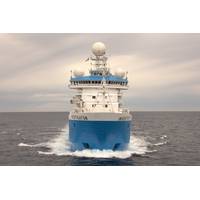
Australian Research Vessel Heads South to Study Clouds
the “overturning circulation” of Antarctic waters driving global ocean currents may be slowing down, affecting the redistribution of heat, carbon and nutrients across the globe. Co-Chief Scientist Dr Annie Foppert from the Australian Antarctic Program Partnership at the University of Tasmania said the meltwater from the Antarctic Ice sheet is reducing the amount of dense water sinking to the deep ocean around Antarctica, slowing ocean currents that control climate.Data collected on the voyage will be compared to earlier measurements to track how the Southern Ocean is changing and what
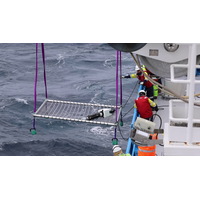
Deep-sea Probe Recovered from Southern Ocean
In a first for the Australian research organization CSIRO’s research vessel (RV) Investigator, a robotic float has been recovered from the Southern Ocean after its three-year mission sampling deep waters about 500 kilometers south of Tasmania.Argo floats drift at a ‘parking depth’ of 1,000 meters, then sink to 2,000 meters and rise to the surface every 10 days, taking measurements along the way. At the surface they transmit the data via satellite, then descend again. BGC (for biogeochemical) Argo float no.5906623 performed this cycle 290 times since it was released from RV
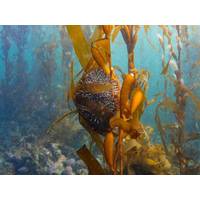
NZ’s Vital Kelp Forests are in Peril from Ocean Warming
population ranges and invasionsWarming oceans also facilitate the spread of Australian long-spined urchins (Centrostephanus rodgersii) which will threaten seaweed communities in northern New Zealand.Populations of this warm-water species have already expanded in some parts of New Zealand, similar to Tasmania where it invaded during the 1950s and caused widespread “urchin barrens” where the urchins graze through kelp beds, leaving few seaweeds.New Zealand is home to around 1,100 species of seaweeds. Many are poorly documented and with unknown ranges.The combined effects of climate change
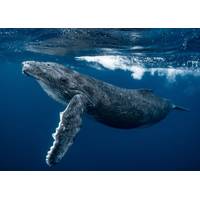
Mounting Evidence Shows Seismic Surveys Can Harm Marine Life
.Scallops, lobsters and planktonDespite invertebrates making up around 92% of marine species, the impact of marine noise on these creatures has only recently been studied. This has shown a potential for harm.In the valuable southern rock lobster fishery, off the coasts of Victoria, South Australia and Tasmania, seismic air gun exposure damaged the sensory organ that provides a sense of gravity and balance, similar to the human inner ear. Affected lobsters also had impaired ability to right themselves when placed upside down, a reflex that underpins important behaviors such as escaping predators.Scallops
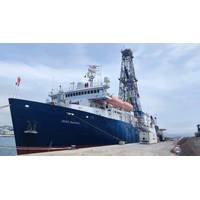
Mega Machine Deep Driller: JOIDES Resolution
of magnetism is measure and a description of the core is entered into a database. Archive halves are boxed and stored in a refrigerated space onboard and moved into a repository post-expedition for further research.Katharina Hochmuth (Physical Properties Specialist/Downhole Measurements, University of Tasmania, Australia) measures the thermal conductivity of a core section half. © Jennifer Field & IODPUncharted territoryBy coring through sediments in the drifts, Expedition 395 has the potential to reveal what the oceans were like during periods when the Earth was warmer, and in turn, what to
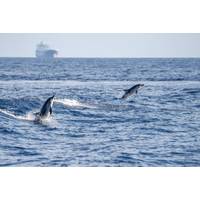
Underwater Noise is a Threat to Marine Life
document in the open ocean. But seismic surveys have been linked to the mass mortality of squid and zooplankton. In 2017, research revealed that a single air gun caused the death rate of zooplankton to increase from 18% to 40–60% over a 1.2 kilometer stretch of the ocean off the coast of southern Tasmania.The use of naval sonar has also been associated with the mass stranding of several whale species in the Caribbean, Europe and East Asia. Mass stranding events involve entire pods of animals simultaneously beaching themselves.Examination of the dead whales revealed they had suffered trauma similar
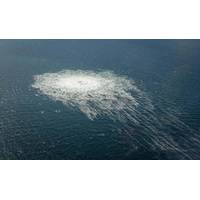
Nord Stream Breaches a Stark Reminder of Undersea Infrastructure Vulnerabilities
corporations depend on the integrity of these cables and on the uninterrupted connectivity they provide.Undersea pipelines delivering oil and gas from one country or state to another form the material basis of energy markets. Australia’s offshore energy pipelines include the 740km-long Tasmanian Gas Pipeline, 300km of which is sub-sea, as well as the Gorgon (140km), Scarborough (280km), Pluto (180km), Browse (400km), and numerous others.Undersea power cables are a rapidly developing infrastructure. The proposed undersea and underground Marinus power cable link will connect Tasmania and
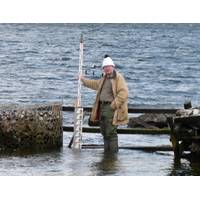
Obituary: Dr. David Thomas Pugh (1943-2022)
be used to provide information on long-term sea level change. Such measurements are especially useful if they were made relative to geodetic benchmarks which survive to the present day, and which can also be used as a height reference for modern sea level measurements. David undertook such research in Tasmania and the Falkland Islands and at a number of locations around the UK and Ireland. His most recent publication on this subject (to do with sea levels at Cork) dates from 2021. He had a particular skill in tracking down important historical benchmarks that are located on old walls and buildings but
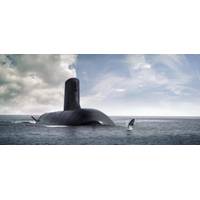
Does Australia Need ‘Interim’ Submarines to Tide It Over Until Nuclear Boats Arrive?
program, said this capability would take 10-15 years to develop.Unfortunately, there’s no simple solution. And it seems Marles will face a difficult decision no matter which way he turns.The authorJames Dwyer, Associate Lecturer and PhD Candidate, School of Social Sciences, University of Tasmania(Source: The Conversation



 February 2024
February 2024





